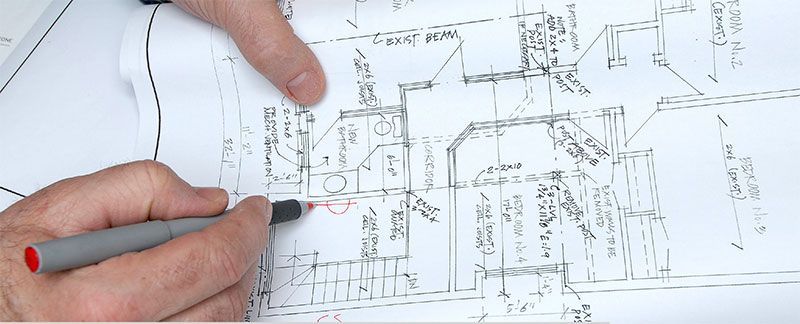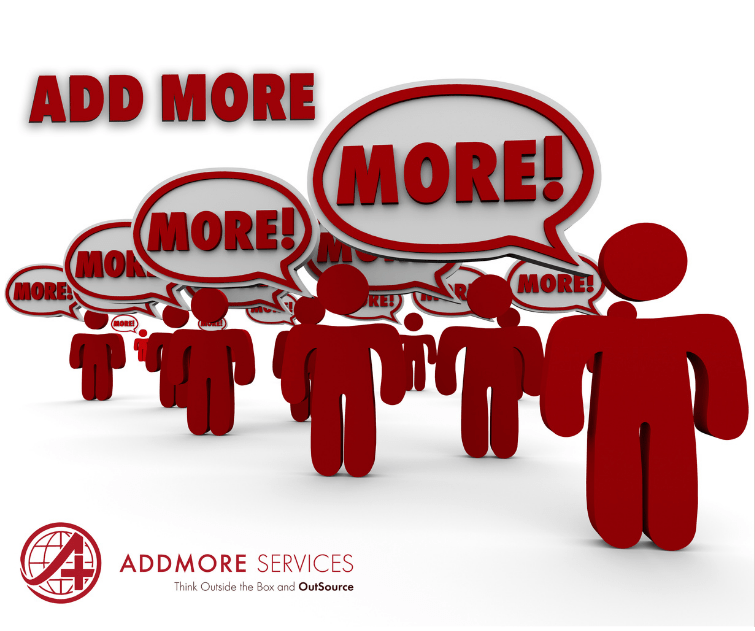Construction Cost Estimates and Take Offs for Your Project 101
Construction Cost Estimates and Take Offs for Your Project 101

Taking a project off is the act of determining quantities that an estimator needs in order to determine a project estimate. The take off can be carried out by the estimator or a quantity surveyor and they are actually determining the quantities of the work that will be included in the overall scope. There are four types of measurements used to measure the full scope of work. The four are Count, Length, Area and Volume. Once you have completed the take off it is recommended that you visit the project site to better understand the site conditions and note any items that need risk pricing that is not clear from the bid document such as unforeseen items ie existing services or obstructions. Estimates are used for multiple reasons by the owner, builder, subcontractor and Architect from estimating if the design is appropriate for its intended purpose considering the cost to ensuring a project is in alignment with the owner's budget.
A Good estimate helps the team to improve its plans by highlighting errors or omissions before building has commenced, cutting costs by highlighting value engineering opportunities and identifying any gaps in trade packages or overlaps. Bid Comparisons are easier for the client to evaluate, Risk can be reduced when planning is carried out on an accurate cost estimate. There is less likely to be Change Orders if the cost estimate is detailed in its content. The costs included in the estimate do not include acquiring the land or furnishing a building as usually these are taken care of in the owners project cost estimate and asset valuation Contingencies and Variances are reserves builders will consider to cover unexpected conditions such as weather impact to productivity.
Equipment is usually rented, leased or amortized to over the cost of plant,machinery and equipment.Indirect costs Permit and inspection fees, administrative expenses, legal bills, overhead, insurance, security and utilities.
 Labor wages and related costs materials from A to Z. Professional Fees Quality of the specification will impact the cost depending if high, average or below average building categories.Other covers a wide range of items such as environmental remediation,demolition or government-mandated amenities such as parks and public artworks.
Labor wages and related costs materials from A to Z. Professional Fees Quality of the specification will impact the cost depending if high, average or below average building categories.Other covers a wide range of items such as environmental remediation,demolition or government-mandated amenities such as parks and public artworks.
Estimators tend to work from top down ie start with the big picture then ADDMORE details as they progress or from the bottom up where they start with individual costs and then add them up.
ADDMORE Services follow the guidelines of the American Society of Professional Estimators ( ASPE ) Where the least reliable estimate is level 1 and the most accurate and reliable is level 5.

The names of these levels are known as Level 1 Order of Magnitude Level 2 Feasibility Level 3 Preliminary Level 4Substantive and Level 5 Definitive.
These levels are calculated by common methods
Level 1 Analogous, parametric, expert judgment and factoring.
Level 2 Parametric and Factoring
Level 3 Bottom up - unit cost assembly level
Level 4 Bottom up - unit cost detailed
Level 5 Bottom up - unit cost detailed
There is a simplified system of Construction Estimate classification by Accuracy and Phase.Design Estimates - Prepared during the project's pre-design and design phases it commences with an order of magnitude to evaluate if the project is viable.
Bid Estimates - These are prepared by contractors in efforts to win the project and are level 4 in terms of detail.
Control Estimates - These are the most accurate and include tender estimates,contract estimates and project controls estimates which are all at level 5 detail which are definitive estimates.The control estimate is prepared after an owner signs an agreement and before construction begins and is a baseline by which the actual construction costs are assessed and controlled.
This estimate enables the project's costs to completion to be determined and to plan and meet upcoming project costs. Another technique in construction project control is earned value analysis. This compares work completed to total planned work on various benchmarks including schedule and cost. The amount completed is calculated as a percentage of the planned to determine the earned value and to assess if the project is on time and on budget.

Performance vs Forecast at least 20% of the project must be completed before this estimate to completion can be properly applied.
Forecast to complete estimates includes more subjective considerations and predicts how much time and money the remainder of the project will cost including judgments about how the work will progress being aware of on the job site challenges already and anticipated to be faced.
Current working estimate, this estimate is the working budget and is evolving over the life of the project.
Preliminary estimating methods plus intermediate and final estimates. The preliminary estimate applies to cost forecasts produced in the planning and feasibility stages of a project and includes order of magnitude, feasibility and budget level estimates. Preliminary, Intermediate and final estimates equate to Design, bid and control estimates. Timing often dictates an estimator's choice of technique or level of accuracy.
Intermediate construction cost estimates are produced after design work is complete and costs are generally known.costs are broken down by project segments. Contingencies and Profit Margins are added to reach the total cost estimate.
Final Construction Cost Estimates are developed when all costs are known , construction has been out to tender and bids are received.
This estimate sets the contract value and definitive estimates mentioned previously are used.












